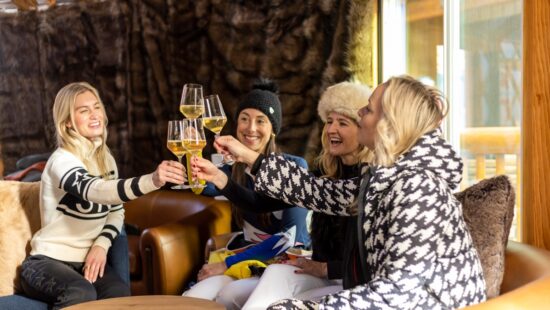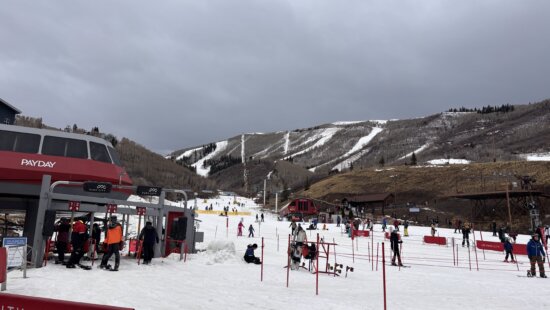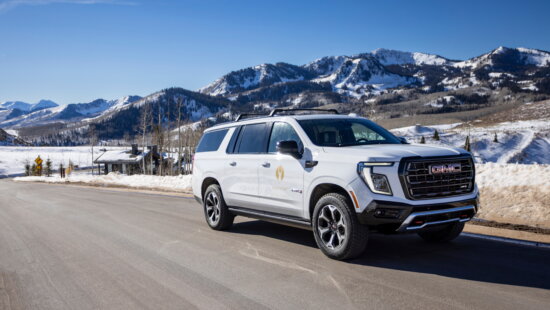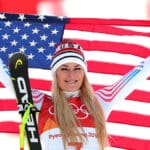Olympics
Winter Olympians will compete at these 13 venues when the Games return to Salt Lake City in 2034
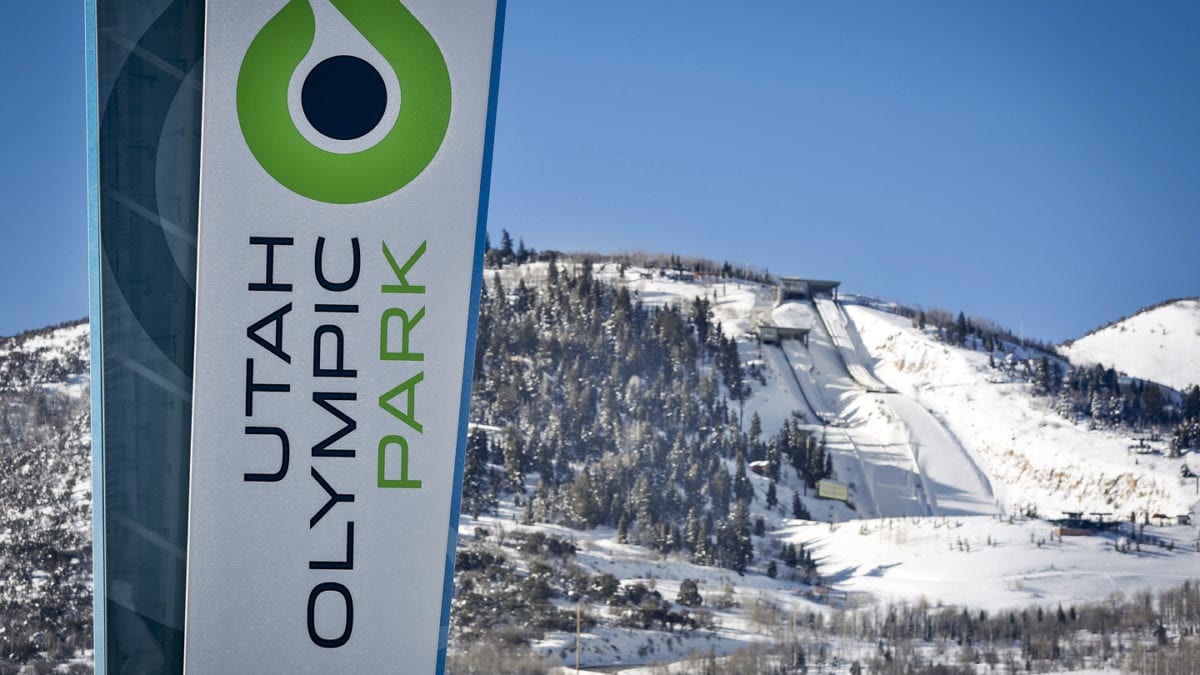
Utah Olympic Park from a distance in Park City. Photo: Park City Chamber/Bureau
SALT LAKE CITY (AP) — The Winter Olympics will make its grand return to Salt Lake City in 2034, the International Olympic Committee announced Wednesday, marking the success of Utah’s decadeslong effort to preserve Olympic venues and retain public enthusiasm.
Local leaders have had their sights set on hosting again — and becoming part of a possible future rotation of winter host cities — even before Salt Lake City hosted its first Games in 2002. In the years since, continued use and upkeep of Olympic facilities not only boosted Salt Lake City’s reputation as a winter sports destination but became the main selling point in its pitch to bring back the Games.
“There was always a thought of the Games happening again,” said Tom Kelly, spokesperson for Salt Lake City’s bid committee.
Utah’s capital city was the lone contender the International Olympic Committee was considering hosting in 2034. In the decades since Salt Lake City first opened its nearby slopes to the world’s top winter athletes, the pool of potential hosts has shrunk dramatically. The sporting spectacular is a notorious money pit, and climate change has curtailed the number of sites capable of hosting. Even though Salt Lake City got caught in a bribery scandal that nearly derailed the 2002 Winter Olympics, it worked its way back into the good graces of an Olympic committee increasingly reliant on passionate communities with existing infrastructure as its options dwindled.
Salt Lake City bid leaders boast that they’ve created one of the most compact layouts in Olympic history. All venues are within a one-hour drive of the athletes’ village on the University of Utah campus. The plan they presented Wednesday to the Olympic committee in Paris requires no new permanent construction, with all 13 venues already in place and each having played a role when the city first hosted.
These are the planned 2034 venues:
Park Place (Block 85)
For the first time, Olympic officials are bringing Big Air to the heart of Salt Lake City. Organizers plan to erect a massive skiing and snowboarding ramp in a downtown parking lot two blocks from Temple Square, a center of history and worship for members of The Church of Jesus Christ of Latter-day Saints.
The city block will also serve as a concert venue and the medals plaza for winning athletes, as it was in 2002. Although Park Place is a repeat venue, the ramp is a new addition. Big Air snowboarding and skiing did not become Olympic events until 2018 and 2022, respectively.
Deer Valley Resort
The Deer Valley alpine ski resort in Park City hosted the freestyle moguls, aerials and alpine slalom competitions in 2002. It’s slated to again host freestyle moguls and aerials. The upscale resort in the Wasatch Mountains is located 36 miles (58 kilometers) east of Salt Lake City and is consistently ranked among the top ski resorts in North America. It regularly hosts competitions for the International Ski and Snowboard Federation and is packed with tourists in the winter.
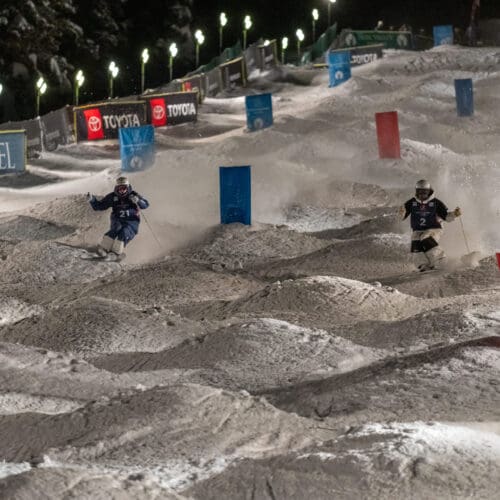
Delta Center
Home to the NBA’s Utah Jazz and a new NHL expansion team, the Delta Center is a year-round sporting hub in downtown Salt Lake City. It was the site of the Olympic figure skating and short-track speed skating competitions in 2002 and will host the same events in 2034.
Billionaire businessman Ryan Smith bought the arena in 2020 and has announced a yearslong plan to renovate it to better accommodate the hockey franchise. By the time the Olympics return to the city, the Delta Center will likely have a new ice floor, expanded retractable seating, more nearby parking and a new center-hung video board. Smith also has ambitious plans to transform the surrounding area into a vibrant sports and entertainment district before 2034.
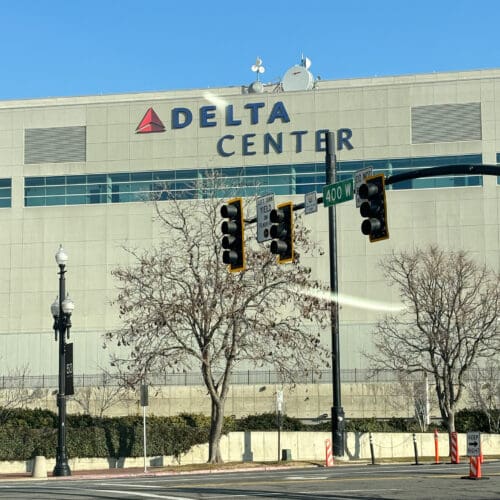
Park City Mountain
Park City Mountain will again host the halfpipe competitions after the resort made Olympic history in 2002 by building the first 22-foot (6.7-meter) halfpipe to be used in the Winter Games. Men’s and women’s halfpipe snowboarding made its Olympic debut four years prior on a smaller halfpipe, but the Park City facility later set the height standard that’s still used in competitions today.
The skiing and snowboarding resort 31 miles (50 kilometers) east of Salt Lake City will host slopestyle skiing and snowboarding, freestyle skiing, and halfpipe skiing and snowboarding. In 2002, Park City Mountain was also the site of the men’s giant slalom and the men’s and women’s snowboard parallel giant slalom events.
At the base of the slopes lies Park City’s beloved Main Street, a shopping and dining destination that transforms each January into home-base for the Sundance Film Festival.
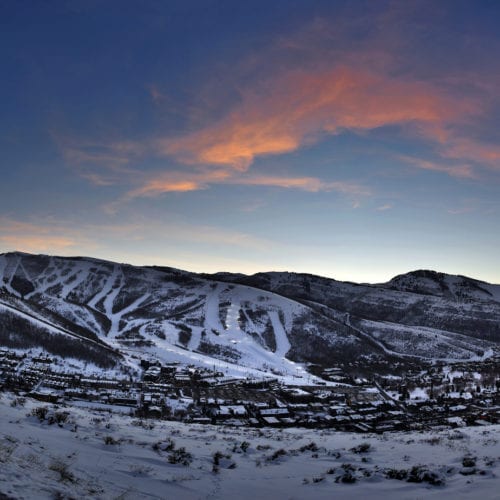
Snowbasin Resort
Snowbasin Resort in Huntsville, about 35 miles (56 kilometers) north of Salt Lake City, will host the alpine skiing competitions. The all-season recreation facility tucked behind Mount Ogden is home to legendary courses from the 2002 Winter Games that are still in place today. It was the site of the downhill skiing races, the super giant slalom, or super-G, and the combined event consisting of one run of downhill and two runs of slalom.
Snowbasin has invested in improving its facilities since the last Games, adding snowmaking installations, upgrading chairlifts and building multiple restaurants, parking lots and locker rooms. The resort said it has protected the former site of its 25,000-seat stadium and can again host that many spectators or more.
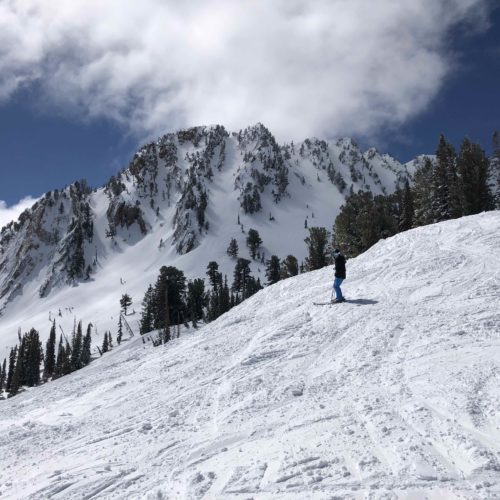
Maverik Center
The Maverik Center in West Valley City, 10 miles (16 kilometers) southwest of Salt Lake City, was the main venue for ice hockey in 2002 and will host the sport again in 2034. The 12,600-seat indoor arena is home to minor league hockey and basketball teams.
Peaks Ice Arena
Peaks Ice Arena will host ice hockey in the 2034 Games, in addition to the Maverik Center. The indoor arena in Provo is located 43 miles south of Salt Lake City. It was built as an ice hockey and figure skating practice venue for the 2002 Winter Olympics and is now home to the Utah Valley University men’s ice hockey team.
Rice-Eccles Stadium
Rice-Eccles Stadium on the University of Utah campus in Salt Lake City will host the opening and closing ceremonies, as it did in 2002. The outdoor college football stadium is the home field of the Utah Utes of the Pac-12 Conference. University donors have poured millions into renovating the stadium and increasing its capacity since the city last hosted the Olympics.
Soldier Hollow Nordic Center
In the quaint mountain town of Midway, 45 miles (72 kilometers) southeast of Salt Lake City, Soldier Hollow Nordic Center will host the biathlon, cross-country skiing, and Nordic combined events, as it did in 2002. The site was built in Wasatch Mountain State Park for the 2002 Games. Since then, the Utah Olympic Legacy Foundation has developed it into a cross-country skiing, tubing and snowshoeing venue in the winter and a mountain biking and golfing venue in the summer. It regularly hosts the U.S. Cross Country Skiing Championships and is a popular training site for elite athletes.
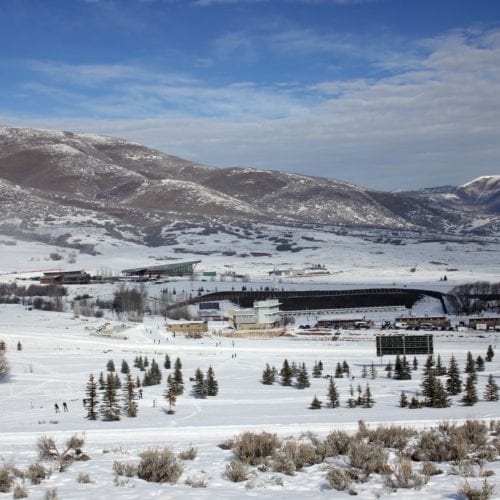
University of Utah
The 2002 Olympic Village was located just up the hill from downtown Salt Lake City at historic Fort Douglas on the University of Utah campus. The university will again be the site of the athletes’ village and will also provide housing for athletes’ families — an Olympic first.
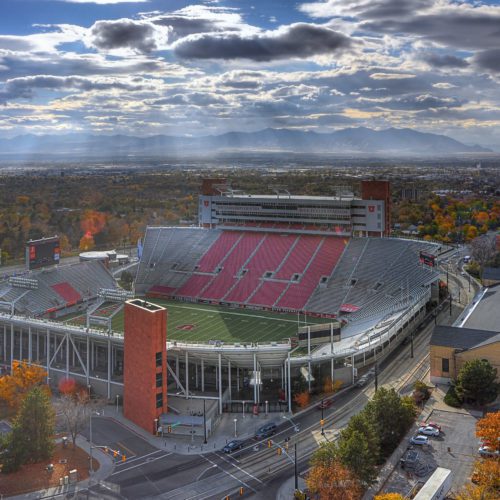
Utah Olympic Oval
The Utah Olympic Oval, a 5-acre (2-hectare) venue that houses the state’s only 400-meter (1,312-foot) speed skating oval and two ice sheets, will again host long track speedskating events. The facility, located 16 miles (26 kilometers) west of Salt Lake City in Kearns, was constructed in 2001. Nine world records were set at the Oval during the 2002 Games — the largest number of world records set at one Olympic event. To keep the venue operational, local leaders have turned it into a multi-use facility focused on developing youth and young adult participation in ice sports.
Utah Olympic Park
The Utah Olympic Park is a world-class winter sports center where athletes from around the world train year-round. The facility in Summit County, 28 miles (45 kilometers) east of Salt Lake City, was built for the 2002 Winter Olympics. It will be the 2034 host site for bobsled, freestyle ski cross, luge, Nordic combined skiing, skeleton sledding, ski jumping, snowboard parallel and snowboard cross. Even in the summer, ski jumpers can be spotted flipping into swimming pools and zipping down the bobsled track.
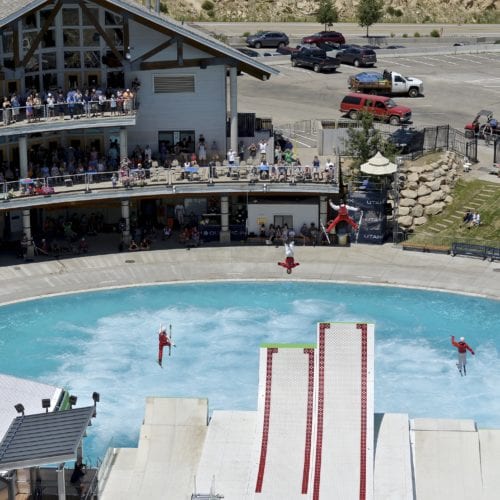
BY HANNAH SCHOENBAUM
















